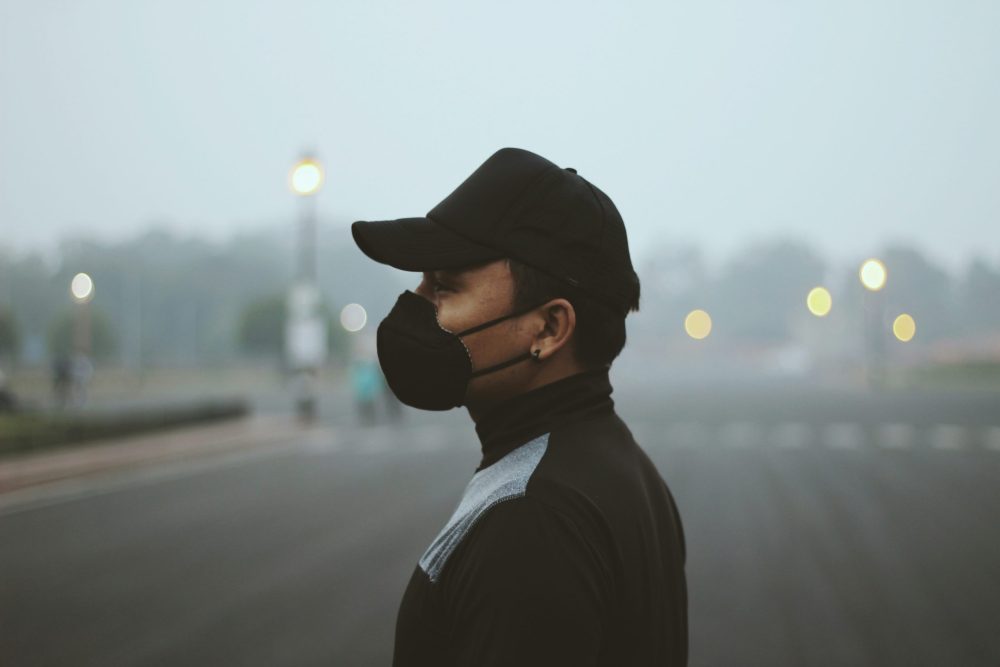Delhi’s worsening air quality, especially during the winter months, has been a persistent problem for years. There are several reasons why the city faces higher Air Quality Index (AQI) levels year after year.
Delhi’s air quality continues to deteriorate due to a combination of local pollution sources (like vehicles, construction, and industrial emissions) and regional issues (like stubble burning). Seasonal factors like winter weather and festivals further compound the problem, making it challenging to improve the air quality in the long term. Although there have been some efforts to curb pollution, significant action and investment in cleaner technologies, urban planning, and better enforcement are needed to address this growing crisis.
The main cause behind the rise in pollution and AQI index are detailed below. Government has to take some immediate action and come up with solution for the long terms remedies and make delhi a safe place to live for the future generations.
1. Vehicular Emissions:
- High Traffic Volume: Delhi is one of the most populous cities in the world, with millions of vehicles on the road. Exhaust from vehicles contributes a significant portion of pollutants like nitrogen oxides (NOx), carbon monoxide (CO), and particulate matter (PM), which directly affect air quality.
- Old Vehicles and Poor Fuel Quality: Many older vehicles, especially diesel-powered ones, emit more harmful pollutants. Poor fuel quality, combined with inadequate vehicle maintenance, exacerbates the problem.
2. Burning of Crop Residue (Stubble Burning):
- Seasonal Stubble Burning: Every year, during the harvest season (usually around October-November), farmers in neighboring states like Punjab, Haryana, and Uttar Pradesh burn rice and wheat straw to clear their fields quickly for the next crop. The large-scale burning of crop residue produces vast amounts of smoke and particulate matter, which is carried into Delhi by wind currents, significantly worsening air quality.
- Limited Control and Alternatives: Despite efforts to curb stubble burning, such as providing machinery for residue management, it remains a common practice due to lack of cost-effective alternatives and policy enforcement.
3. Construction Activities:
- Dust from Construction Sites: Delhi’s rapid urbanization means continuous construction of roads, buildings, and infrastructure. This generates a lot of dust and particulate matter, which contributes to poor air quality.
- Unregulated Construction: Many construction sites do not follow proper dust control measures, allowing pollutants to spread into the air.
4. Industrial Emissions:
- Pollution from Factories: The large number of industrial plants, power stations, and factories around Delhi release a significant amount of sulfur dioxide (SO2), nitrogen oxides (NOx), and particulate matter into the air, particularly in areas like the industrial zones of Okhla, Anand Vihar, and others.
- Lack of Pollution Control: Many industries in the region operate with outdated technology and limited pollution control measures, worsening the air quality.
5. Weather Patterns:
- Temperature and Wind Inversions: In winter, the weather in Delhi often experiences temperature inversions, where a layer of warm air traps cold air near the surface. This traps pollutants close to the ground, preventing them from dispersing into the atmosphere and causing prolonged periods of poor air quality.
- Reduced Wind Speed: During the colder months, wind speeds tend to be lower, which means pollutants like particulate matter have a harder time dispersing, leading to a buildup of smog.
6. Burning of Firecrackers:
- Festivals and Air Pollution: The use of firecrackers during festivals like Diwali contributes to a significant spike in air pollution. Fireworks release large quantities of particulate matter, sulfur dioxide, and other toxic gases into the atmosphere, making the air hazardous, especially during the festive season.
7. Household and Commercial Pollution:
- Indoor Burning and Heating: In winter, many households use wood, coal, or biomass for heating and cooking, particularly in lower-income areas, which releases particulate matter and other harmful pollutants. This adds to the overall burden on Delhi’s air quality.
- Use of Diesel Generators: In areas with power shortages, diesel generators are frequently used, contributing further to the city’s pollution.
8. Population Growth and Urbanization:
- Increased Demand for Resources: As Delhi’s population continues to grow, the demand for energy, transportation, and infrastructure increases. This results in more emissions, waste, and pollution.
- Urban Heat Island Effect: The concentration of buildings, concrete, and industrial activity in Delhi creates a phenomenon known as the urban heat island effect, which can exacerbate smog formation and air pollution.
9. Lack of Enforcement and Coordination:
- Ineffective Policy Implementation: Although there have been initiatives like the odd-even car rationing scheme, restrictions on construction during high pollution periods, and regulations on industrial emissions, enforcement is often weak. There is also a lack of coordination between local, state, and national authorities in managing the problem comprehensively.
10. Climate Change:
- Changing Weather Patterns: Climate change could be intensifying weather extremes, including more intense heat waves, droughts, and more severe air pollution episodes. These shifts may worsen the already existing pollution challenges faced by the city.

Vinod Ram has been in Software Industry since 2006 and has experience of over 16 years in Software Development & Project Management domain specialised majorly in LAMP stack & Open Source Technology, building enterprise level Web based Application, Large Database driven and huge traffic Websites and Project Management.
He loves to write information articles and blog to share his knowledge and experience with the outside world and help people to find solution for their problems.
